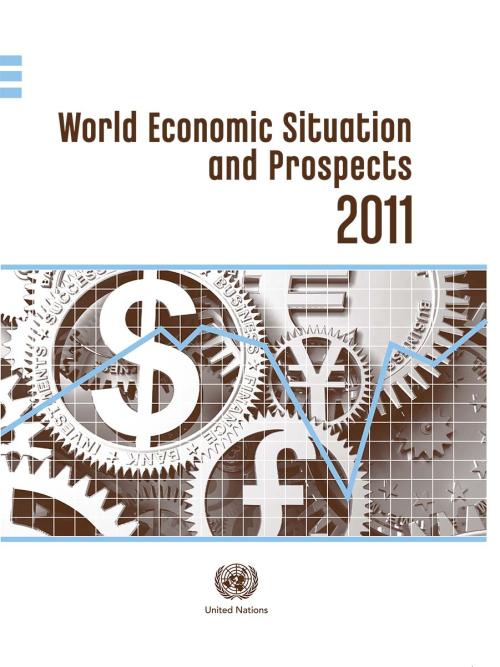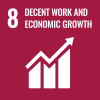The recovery of the global economy continues, with strong output growth in developing countries and a weaker economic performance in developed countries. Higher energy and food prices have created upward pressure on inflation rates, underpinning the tightening of monetary policy, especially in many developing countries. Employment trends have been improving, but major challenges such as rising long-term unemployment and high youth unemployment in a number of economies remain. World trade of goods and services expanded stronger than expected last year, marking a strong rebound from the severe contraction in 2009 with developing countries, particularly Asian economies with large shares in trade of manufactured goods, leading the recovery.
At the same time, net private capital inflows to emerging economies continued to recover from their pronounced decline during the global financial crisis, a trend that is expected to continue as higher output growth and rates of return will attract more capital flows to emerging economies. The baseline outlook for 2011 and 2012 is subject to a number of risks, including problems regarding the sustainability of public finances in developed economies, the remaining vulnerability of the private financial sector, continued high and volatile commodity prices and the possible collapse of the United States dollar. In the area of policymaking, numerous challenges remain such as how to time the unwinding of fiscal support, the redesign of fiscal policy to promote employment and sustainable development, greater synergy between monetary and fiscal policy, the provision of sufficient funding to developing countries and more effective international policy coordination.
 Welcome to the United Nations
Welcome to the United Nations

